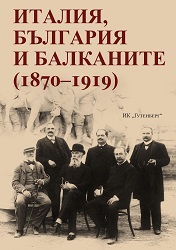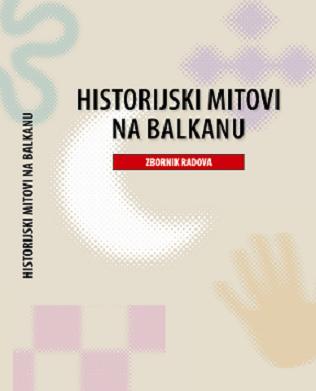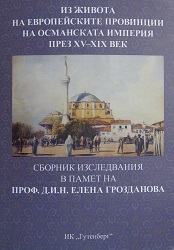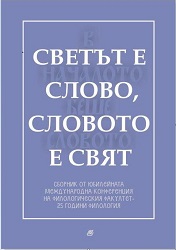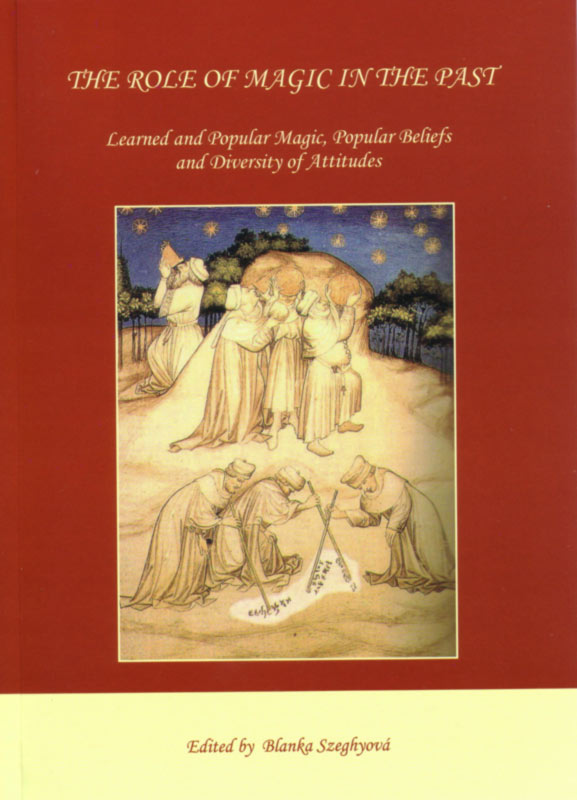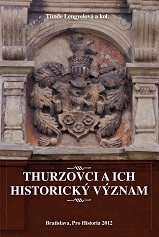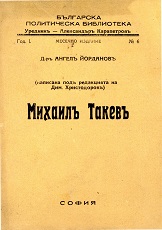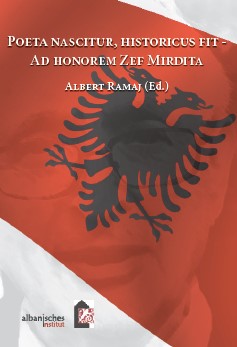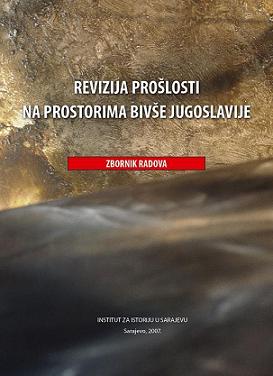
Tranzicija: od negacije do međunarodnog priznanja Republike Makedonije
The author presents the political process of the creation of the Macedonian state from the time of Yugoslavia’s breakup to the international recognition of the state. He devotes particular attention to the parliamentary elections, as well as to the attitudes of neighboring states and the international community. In addition, he reviews some significant political programs from the past which preceded the national renaissance of the Macedonians.
More...
